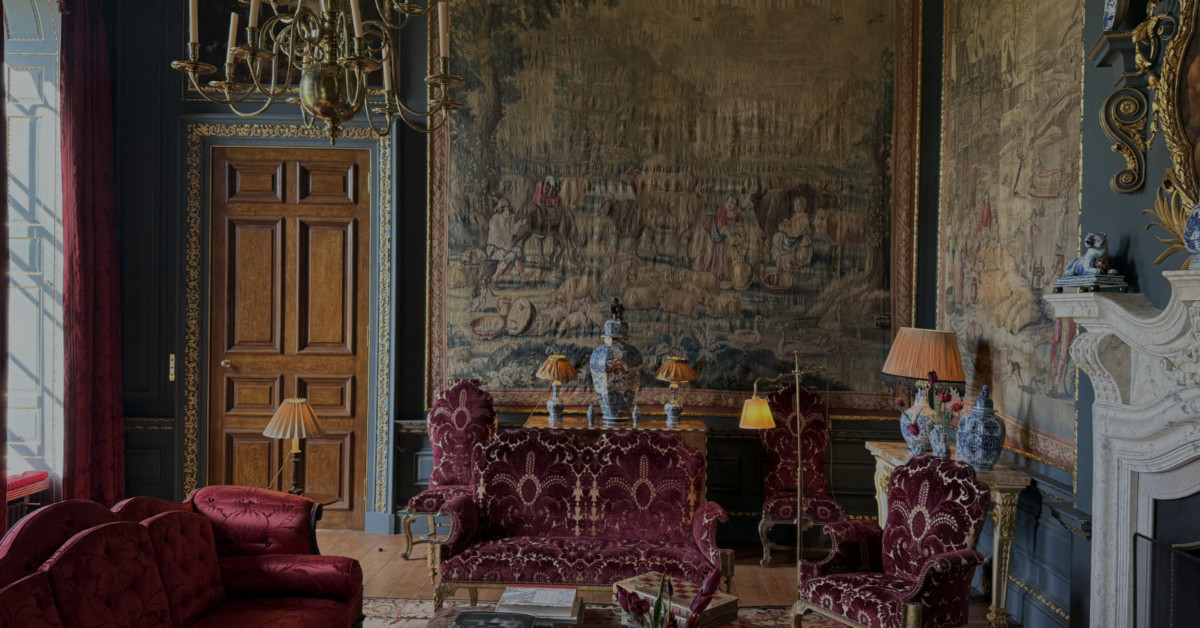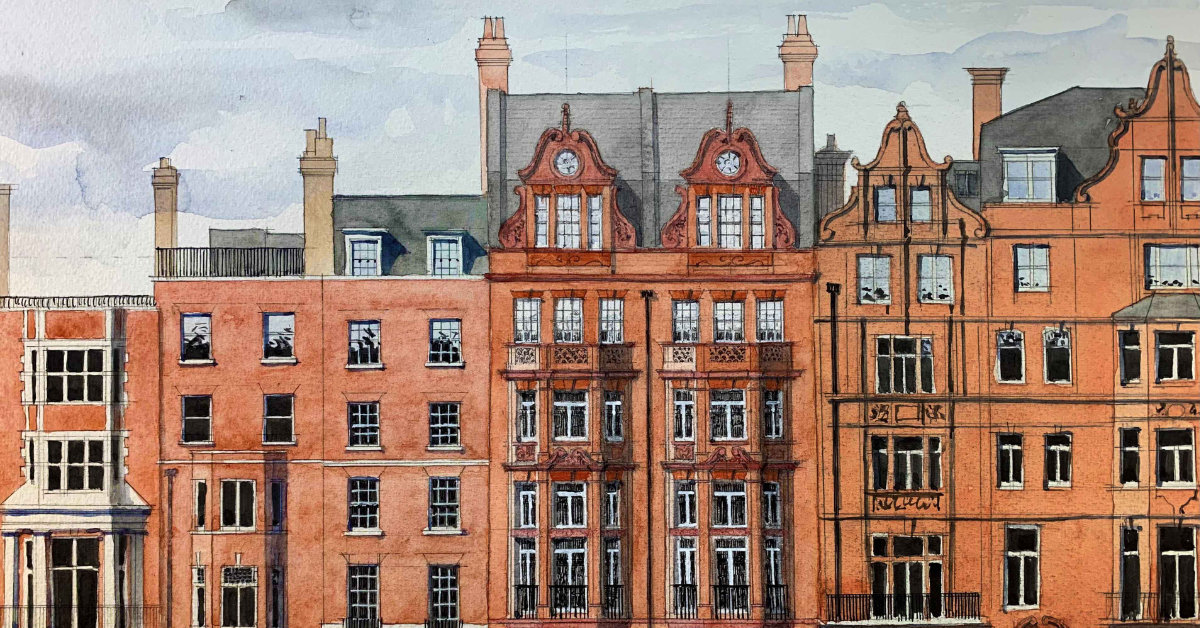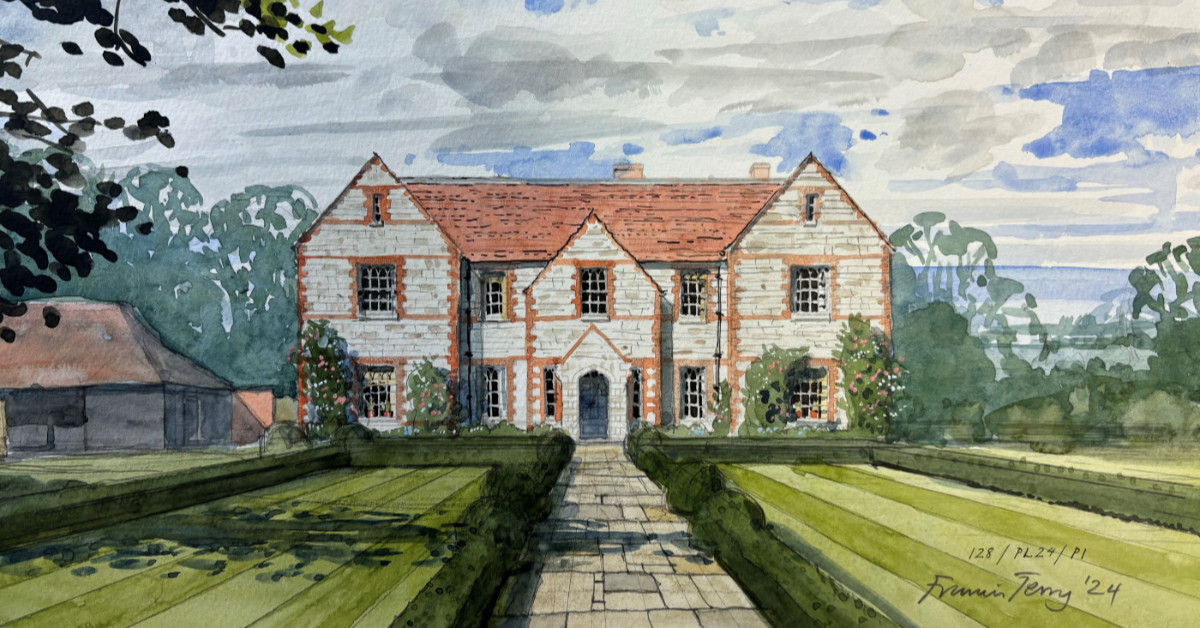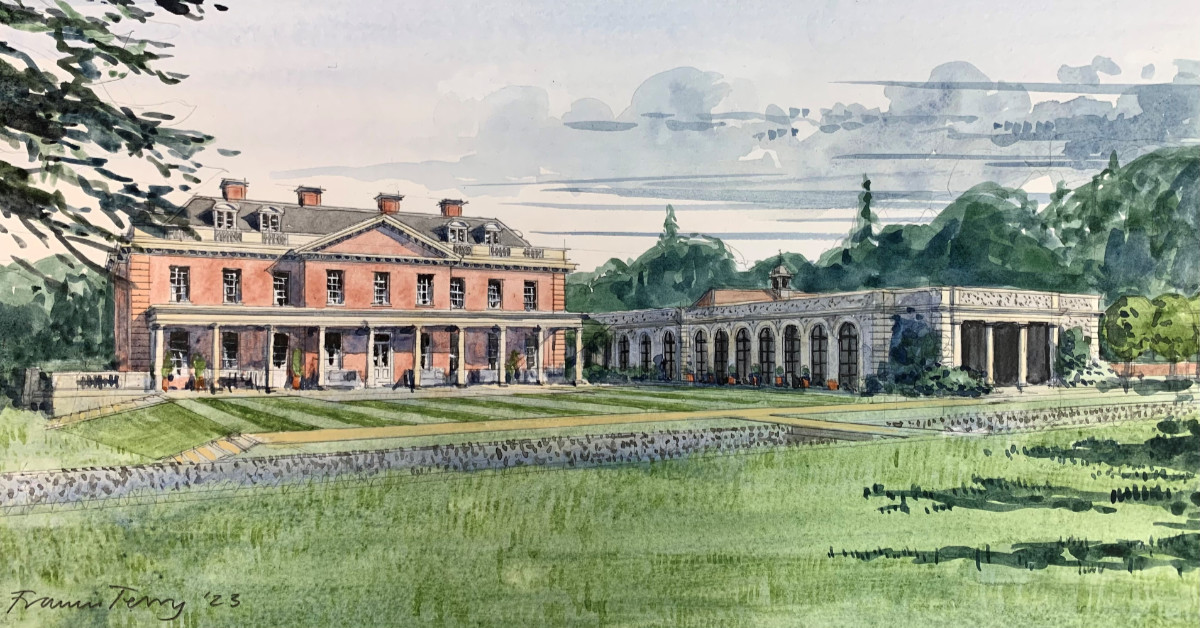Our popular alternative proposal for Empress Gate
In collaboration with Create Streets, Francis Terry and Associates have designed a proposal for Empress Gate which has an approval rating of 98%. See below report from The Hammersmith and Fulham Forum.
Congratulations to the social enterprise Create Streets for coming up with an excellent proposal for the Empress Place site.
This scheme has been planned in conjunction with the local community by Create Streets and Francis Terry Associates. It is high density with a comparable amount of housing to Capco's proposed scheme or potentially rather more depending on unit mix and number of storeys. It involves no demolition of much-loved historic housing and pubs, links the historic street seamlessly into the wider Capital & Counties Properties PLC (Capco) masterplan and (unlike the current proposals) has been enthusiastically welcomed by members of the local community.
The Earl's Court Masterplan covers 77 acres. Developer Capco proposes to transform the area into four new 'urban villages' along with a new High Street.
The area that is proposed to be redeveloped includes the sites of the former Earl's Court Exhibition Halls (in the Royal Borough of Kensington & Chelsea), a Transport for London (TfL) Underground maintenance depot and the 22 acre West Kensington and Gibbs Green Estates (within Hammersmith and Fulham).
The Exhibition Centres are now demolished and the concrete beams that supported them are currently being removed; plans have been drawn up, though not agreed, to relocate the rail maintenance depot; and there remains fierce debate about the prospects for the rest of the site with evidence showing that demolition of the West Kensington and Gibbs Green estates does not command majority support from the residents.
In November 2013, Capco received consent for their masterplan to develop around the existing Empress Place. It was an oddly-bad piece of urban design which blocked the existing Empress Place, created no new fully-formed urban blocks and led to a series of curious spaces which were neither fully private nor fully public.
In November 2016, Capco made public an alternative proposal for the site which would include Empress Place for the first time within their Earl's Court Masterplan involving 100% demolition of the historic buildings in Empress Place and Lillie Road. This scheme increased homes on the site from about 200 under the consented scheme to over 400. However, it involved the complete demolition of the existing historic fabric, including Empress Place.
It was also a very confused piece of place making with no clear sense of the private and the public. Capco presented its new Empress Place proposals as a new public square. However, it sits incongruously in the middle of an urban block. New buildings are essentially blocks in space with no clear fronts or backs not dissimilar to the old 1960s tried and failed model. This proposal does not yet have planning consent so there is still time to envision and build something better for the current community and for the future.
Originally named Richmond Place, Empress Place (built 1864-1865) and its houses and adjacent shops were designed by architect and City of London surveyor, John Young (17971877). His influence on London's architecture was notable. In 1823 he prepared the drawings for the London Colosseum in Regent's Park and supervised the framing of the dome. He designed the original Cancer Hospital in Fulham Road in 1859 as well as country mansions, residential and commercial buildings. He is particularly noteworthy for his creative use of polychromatic Suffolk stone and terracotta patterned brickwork whether in industrial, civic or residential buildings. Examples of this brickwork can be seen in Empress Place and adjacent buildings.
Empress Place forms part of a proposed 'Lillie Enclave Conservation Area' – a proposal by local residents for a new conservation area encompassing part of Fulham's forgotten history. It consists largely of two-storey Victorian cottages, though, as can be seen at the right of the above picture it also includes the purpose-built engineering headquarters (1907) of the Brompton & Piccadilly Railway Company. It was from this building, with its large windows designed to provide as much light as possible for the draughtsmen, that the Piccadilly line was designed.
In March 2016, Hammersmith & Fulham Council registered the Prince of Wales pub as an Asset of Community Value after a campaign by residents' groups and local historical societies.
-

Prince of Wales pub, an Asset of Community Value
-

Local campaigners highlight the historic value of Empress Place and adjoining buildings in Lillie Road dressed as the Prince of Wales and Queen Victoria whose links to the area form part of its rich heritage
It is fair to say that the revised schemes with their proposed demolition of Empress Place, adjacent buildings on the Lillie Road, The Prince of Wales and The Imperial Arms pubs have not proved popular locally.
There is currently a petition raised by a Hammersmith resident on the 38 Degrees website to save it from demolition, which by 3 May had attracted 1,138 signatures.
Nicholas Boys Smith, Director of Create Streets, says: "Both the consented scheme and the new proposals for Empress Place are poor placemaking. But these errors hide a more profound strategic mistake. The lovely terraced houses and shops of Empress Place and Lillie Road could be acting as a crucial physical and emotional link between the Earl's Court redevelopment and the wider area. Instead, the consented scheme literally turns its back on the surrounding streets and the new proposal simply bulldozes them. It is normally wiser to integrate with the past (particularly when it is so beautiful) rather than to ignore it or to attempt to snuff it out."
Working with the wider community, Create Streets and Francis Terry Associates have worked up a high level alternative masterplan which attempts to resolve the tension between the need for new housing, the cultural value of local heritage and the preferences of the local community. It also attempts better to integrate the approved masterplan with the surrounding streets so that the existing Empress Place literally continues on into the new 'West Brompton Village' portion of the Capco masterplan.
The key features of Greater Empress Place are:
- It preserves the existing historic stock
- It integrates Empress Place with the wider Capco masterplan for 'West Brompton Village' by extending it on an elegant curve, taking into account level changes, so that it connects up with Capco's proposals immediately to the north
- It has no impact on the proposed so-called Lost River Park immediately to the East
- It is high density with a comparable amount of housing to Capco's scheme or potentially rather more depending on unit mix and number of storeys
- Rather than creating urban spaces which are neither public nor private (the consented scheme) or creating a series of isolated 'blocks in space', it creates two clear and conventionally-designed urban blocks with clear public space and clear private space. This is the traditional model for city-making which has endured for thousands of years and which is normally linked in the data with better-loved and safer places
- It avoids the destruction of part of the proposed 'Lillie Enclave Conservation Area'.
- It would appear to be far more popular locally – an informal poll undertaken at the Spring Market on North End Road on 29th April 2017 showed an overwhelming preference for the new design, with 462 respondents (98 per cent) preferring the Create Streets scheme compared with just 10 who preferred Capco's
Sally Taylor, Chair of West Kensington estate Tenants & Residents Association says:
"This is so much better than Capco's proposal and a welcome departure from the usual concrete and glass blocks. How delightful it would be to have a development that preserves and extends the existing heritage rather than obliterates it."
Keith Drew, Chair of West Ken Gibbs Green Community Homes says:
"What a beautiful and refreshing change to the characterless concrete and glass blocks proposed by Capco! Why can't we have this instead of yet more tedious residential warehousing? It would enhance the charm and attractiveness of our neighbourhood as well as provide much needed additional housing."
Anabela Hardwick, Save Empress Place campaigner says:
"I am delighted with the Create Streets approach compared to developers who demolish, appropriate place names and pay superficial homage to our architectural heritage. Empress Place must be saved and if the site is developed further, I would sincerely welcome their approach being considered."
Scheme architect, Francis Terry says:
"Empress Place is a typically London street of modest Victorian workers' cottages. It seems such a shame to destroy it – particularly when the architecture of somewhere is being replaced with the architecture of nowhere. Our alternative proposal for Empress Place creates a gentle curve to link in the old street with the existing masterplan. We 'step up' the density from two storeys to five without overwhelming the existing street. And we celebrate rather than ignore the pattern of streets, blocks and plots upon which London, and all great cities depend."
Create Streets are making this alternative masterplan public in a constructive spirit to encourage better and more popular ways to build the homes that London needs.
They encourage:
- Hammersmith & Fulham Council to insist on more popular design and better placemaking at Empress Place. They should not consent to the wholesale demolition of such a lovely street but should instead require that the existing street be better and more beautifully plugged in to the consented master plan. This is perfectly possible; and
- They urge Capco to rethink not just their masterplan for this part of their development but actually the underlying philosophy it reveals. Rather than seeking to tear down the past, they should benefit from it and integrate with it.
Nicholas Boys Smith adds:
"We are making these proposals public in a constructive spirit and to promote meaningful debate. I would like to thank members of the local community for their support, for walking us around the site and for briefing us so comprehensively and clearly on what they like and don't like about the neighbourhood and about the current proposals."
"To Hammersmith and Fulham Council, we would say; "You don't have to say 'yes' to bad design. Something far better and far more popular would be perfectly feasible on this site."
"And to Capco, we would say; "Why not link the existing street into your wider masterplan? This would mean that rather than wiping out a lovely street and some of the surrounding history you could actually benefit from it in your wider strategy, producing much more attractive homes. Join the street, don't destroy it."








